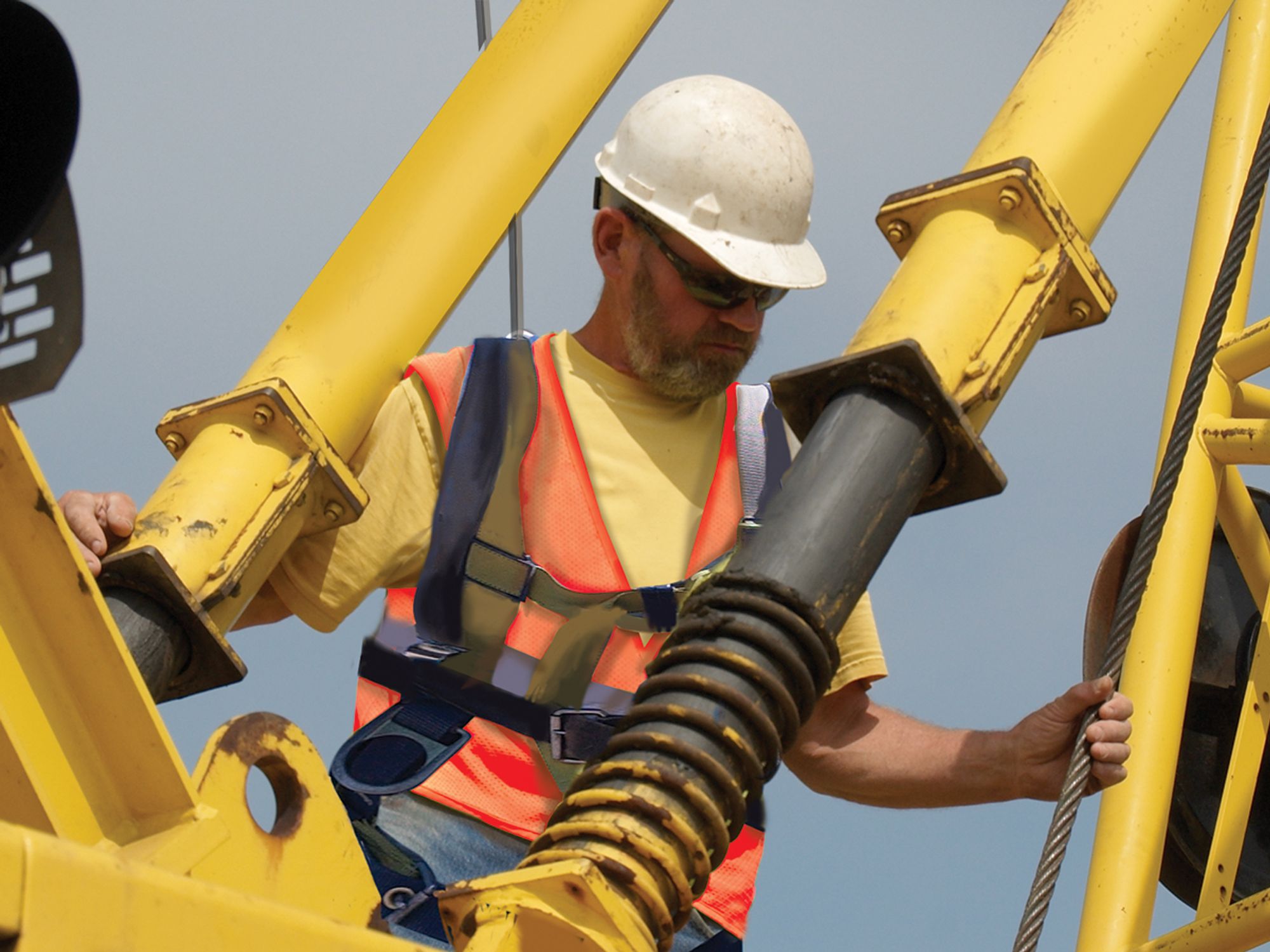InstituteMobile CranesCranes, Lifts, and ScaffoldingIn Depth Sub Topics (Level 4)Cranes, Lifts, and ScaffoldingEnglishAnalysisFocus AreaUSA
Inspections
['Cranes, Lifts, and Scaffolding']

- Employers must perform frequent and periodic inspections and maintenance of crane equipment to keep it in working order.
- All wire ropes should be thoroughly inspected, and that inspection documented, at least once a month.
Employers are responsible for ensuring that equipment is in working order and being used safely. They are required to:
- Perform frequent inspections. Employers must perform frequent inspections as necessary to ensure the safety of employees and the facility. The intervals are dependent upon the nature of the critical components of the crane and the degree of their exposure to wear, deterioration, or malfunction. Frequent inspection is usually done on a daily to monthly interval. Some items that need to be inspected include:
- All control mechanisms for maladjustment interfering with proper operation.
- All control mechanisms for excessive wear of components and contamination by lubricants or other foreign matter.
- All safety devices for malfunction.
- Air or hydraulic systems for deterioration or leakage.
- Crane hooks for deformations or cracks, specifically hooks with cracks or having more than 15 percent in excess of normal throat opening or more than 10 degree twist from the plane of the unbent hook.
- Rope reeving for noncompliance with manufacturer’s recommendations.
- Electrical apparatus for malfunctioning, signs of excessive deterioration, dirt, and moisture accumulation.
- Perform periodic inspections. Periodic inspections are done at 1- to 12-month intervals. This is more of a complete inspection and includes the frequent inspection requirements in addition to looking for the following:
- Deformed, cracked, or corroded members.
- Loose bolts or rivets.
- Cracked or worn sheaves and drums.
- Worn, cracked, or distorted parts such as pins, bearings, shafts, gears, rollers, and locking and clamping devices.
- Excessive wear on brake system parts, linings, pawls, and ratchets.
- Load, wind, and other indicators over their full range, for any significant inaccuracies.
- Gasoline, diesel, electric, or other powerplants for improper performance or noncompliance with applicable safety requirements.
- Excessive wear of chain drive sprockets and excessive chain stretch.
- Travel steering, braking, and locking devices, for malfunction.
- Excessively worn or damaged tires.
- Follow maintenance procedures. Employers must ensure that after adjustments and repairs have been made, all guards are reinstalled, safety devices reactivated, and maintenance equipment removed.
- Inspect the wire rope. All ropes in use should be thoroughly inspected at least once a month and a certification record prepared that includes the date of inspection, the signature of the person who performed the inspection, and an identifier for the ropes. Rope refers to a wire rope unless otherwise specified.
